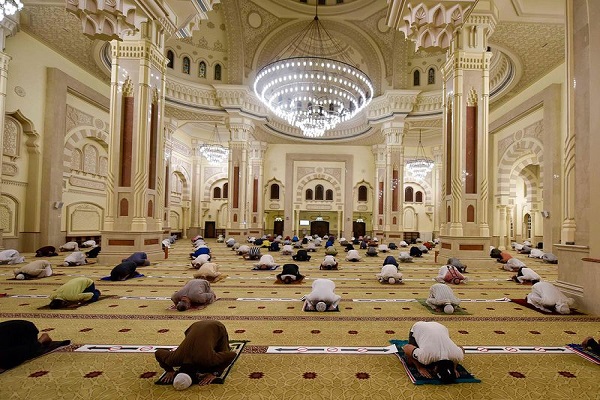Coordinated temperature and humidity control: protecting buildings and cultural relics
- CorTec HVLS fans optimize air circulation
CorTec HVLS fans form three-dimensional airflow through low-speed rotation, covering an area of more than 1,500 square meters, and are particularly suitable for the tall spatial structure of the church. Its circulating airflow can accelerate the diffusion of cold air from air conditioners or dry air from dehumidifiers, avoiding local moisture accumulation. For example, during the rainy season, fans can push and discharge moisture from the ground, reducing the risk of moisture on wooden floors and columns16.
- CorTec Industrial Air conditioner/air cooler temperature control by scene
CorTec Air cooler: Cooling through the principle of water evaporation, the power consumption is only 1/8 of that of traditional air conditioners, suitable for open halls or corridors. Its ventilation function can reduce carbon dioxide concentration, improve air quality, balance humidity, and avoid damage to murals caused by excessive drying.
CorTec Industrial air conditioners: Suitable for precise temperature control in closed areas (such as scripture storage rooms or cultural relics exhibition rooms), maintaining temperatures at 18-22°C and humidity at 50%-60%, preventing ancient books from becoming brittle or pigments from peeling off45.
- Dehumidifiers specifically suppress the hazards of high humidity
Industrial dehumidifiers perform well in confined spaces (such as basements or behind altars), reducing humidity from more than 90% to less than 60%, inhibiting mold growth. Rotary dehumidifiers can still operate in low temperature environments and are suitable for temples without heating in winter. For example, after a rotary dehumidifier was used in the basement of a church, the mold rate of ancient books dropped by 70%.
